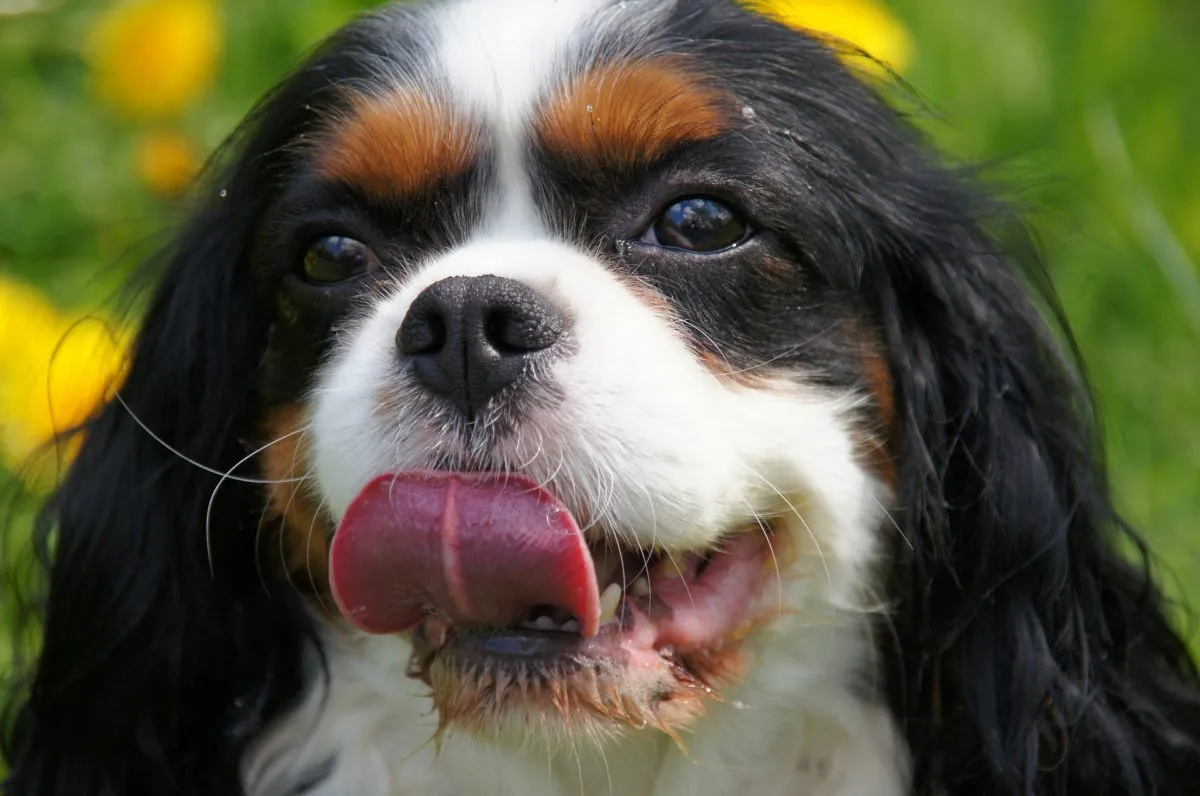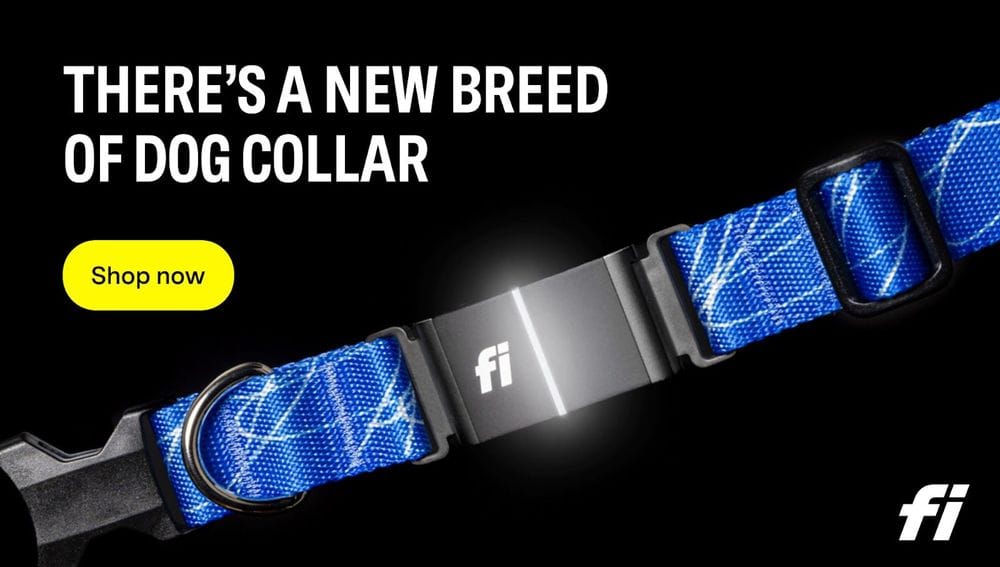Contemplating the addition of a Cavalier King Charles Spaniel to your family? A critical aspect to weigh is shedding. This article addresses the shedding habits of Cavalier King Charles Spaniels, focusing on the query: Do Cavalier King Charles Spaniels Shed? Gain comprehensive insights to make an informed decision, arming yourself with crucial information before welcoming this charming breed into your home.

Understanding their shedding patterns is essential for prospective owners, ensuring compatibility between the dog's needs and the family's preferences. Delve into the specifics of grooming, maintenance, and shedding frequency unique to this delightful breed. By exploring these nuances, you can confidently decide whether a Cavalier King Charles Spaniel aligns with your lifestyle, making the journey of bringing them into your home a well-prepared and informed choice.
Understanding the Shedding Process
Cavalier King Charles Spaniels boasts a stunning, silky coat that exhibits variations in length and color. The inevitable question arises: do they shed? Indeed, they do. Like all canine companions, Cavalier King Charles Spaniels undergo a shedding process, a natural occurrence crucial for maintaining a healthy coat. However, the extent of shedding varies among individuals, with some experiencing a more substantial shed while others exhibit less shedding.
Shedding, an integral part of a dog's life, contributes to the overall well-being of their coat. The hair follicles undergo a growth cycle, encompassing a shedding phase wherein old or damaged hair is naturally shed to make room for the emergence of new hair. Recognizing shedding as a normal and essential aspect of a dog's life is imperative. It is a testament to the cyclical nature of hair growth and renewal. Embracing and understanding this process enhances the appreciation of the natural beauty of other grooming tips and fosters a proactive approach to their grooming needs.
Factors That Contribute to Shedding in Cavalier King Charles Spaniels
While shedding is a universal trait among Cavalier King Charles Spaniels, numerous factors contribute to the variance in shedding levels among individual dogs. Genetics play a pivotal role in this phenomenon, as some dogs may inherit a more pronounced shedding gene from their parents, while others may be genetically predisposed to shed less frequently.
Another influential factor is the season. Cavalier King Charles Spaniels, like many dogs, may undergo seasonal shedding, particularly in regions with distinct temperature variations. The shift in climate can trigger a more substantial shedding process as the dog's coat adapts to the changing weather conditions. During this period, dogs may exhibit a heightened shedding rate before their coat stabilizes in response to the new season.

The overall health of a Cavalier King Charles Spaniel is a crucial determinant of shedding. A dog that maintains good health through a balanced diet and regular exercise is more likely to possess a healthier coat, shedding less than dogs with health concerns. Conversely, dogs afflicted with specific health conditions or nutritional deficiencies may experience excessive shedding, emphasizing the intricate link between overall well-being and shedding patterns.
Understanding the genetic and environmental factors contributing to shedding allows pet owners to proactively manage their Cavalier King Charles Spaniel's grooming needs. Regular brushing, particularly during peak shedding periods, helps minimize loose hair and promotes a healthier coat. Additionally, addressing the dietary and health needs of the dog through proper nutrition and veterinary care plays a key role in managing shedding levels.
In conclusion, shedding is a nuanced aspect of a Cavalier King Charles Spaniel's life influenced by genetic predispositions, seasonal changes, and overall health. Acknowledging these factors empowers pet owners to navigate shedding cycles effectively, ensuring the well-being and comfort of their beloved canine companions.
How to Manage Shedding in Cavalier King Charles Spaniels
While shedding is a natural process that cannot be eliminated, there are several ways to manage and minimize shedding in Cavalier King Charles Spaniels. Regular grooming and brushing are key. By brushing your dog's coat regularly, you can remove loose hair before it ends up all over your home.
When brushing your Cavalier King Charles Spaniel, it is important to use the right tools. A slicker brush or a comb with fine teeth can be effective in removing loose hair and preventing matting. Be sure to brush gently, especially around sensitive areas like the ears and tail.
In addition to regular brushing, you can also consider adding supplements to your dog's diet that promote a healthy coat. Omega-3 fatty acids, for example, can help reduce shedding and improve the overall condition of the skin and coat.

Grooming Tips for Minimizing Shedding
Aside from regular brushing, other grooming tips can help minimize shedding in Cavalier King Charles Spaniels. Bathing your dog with a high-quality, gentle shampoo can help remove loose hair and keep the coat clean. Be sure to rinse thoroughly to avoid any residue that may irritate your dog's skin.
Trimming your dog's nails regularly is also important. Long nails can cause discomfort and affect the way your dog walks, which may lead to excessive shedding. If you're not comfortable trimming your dog's nails yourself, you can seek the help of a professional groomer.
Lastly, don't forget to check your dog's ears regularly. Cavalier King Charles Spaniels are prone to ear infections, and excessive scratching or shaking of the head can lead to hair loss and shedding. Keep the ears clean and dry to prevent any issues.
Best Products for Controlling Shedding
If you're looking for additional ways to control shedding in your Cavalier King Charles Spaniel, there are several products available on the market that can help. Deshedding tools, such as a de-shedding rake or a shedding blade, can be effective in removing loose hair from your dog's coat.
You may also consider using grooming wipes or dry shampoos in between baths to keep your dog's coat clean and reduce shedding. These products can help remove dirt and debris without the need for water and can be a convenient option for quick touch-ups.
When choosing grooming products for your Cavalier King Charles Spaniel, it is important to opt for those specifically designed for dogs. Human products may contain ingredients that can be harmful to dogs and may not be as effective in controlling shedding.

Dealing with Seasonal Shedding
Reiterating an earlier point, Cavalier King Charles Spaniels, akin to numerous dog breeds, may undergo seasonal shedding, a natural response to shifts in temperature and daylight hours. While the inevitability of seasonal shedding cannot be avoided, there are effective ways to manage it.
In the peak shedding season, elevating the frequency of brushing becomes paramount to eliminate excess hair effectively. Employing tools like a shedding blade or a de-shedding tool can prove invaluable in efficiently removing loose hair. Regular grooming practices during this period serve a dual purpose – maintaining a cleaner home environment and ensuring the comfort of your canine companion.
Understanding the cyclical nature of seasonal shedding allows pet owners to proactively address its challenges. Brushing not only aids in the removal of loose hair but also promotes a healthier coat by distributing natural oils and preventing matting. Choosing the right grooming tools tailored to your Cavalier King Charles Spaniel's coat type ensures an efficient and comfortable grooming experience for both you and your pet.
Additionally, during the peak shedding season, paying attention to your dog's specific needs becomes crucial. Providing a balanced diet rich in nutrients, coupled with regular exercise, contributes to overall health and may mitigate excessive shedding. Adequate hydration is equally important, promoting optimal coat condition.
Efforts invested in managing seasonal shedding extend beyond grooming tools and practices. Creating a designated grooming area, equipped with appropriate tools, makes the process more seamless and enjoyable for both the pet and the owner. Consistency in grooming routines fosters a positive association with the experience, promoting cooperation from your Cavalier King Charles Spaniel.
In conclusion, while seasonal shedding is an inherent aspect of a Cavalier King Charles Spaniel's life, proactive management techniques can make the process more manageable. Embracing regular grooming practices, utilizing suitable tools, and addressing your dog's specific needs contribute to a harmonious coexistence during peak shedding seasons. Ultimately, the goal is not to eliminate shedding entirely but to navigate it effectively, ensuring a clean home environment and a content, comfortable canine companion.

Common Misconceptions About Cavalier King Charles Spaniel Shedding
There are a few common misconceptions about shedding in Cavalier King Charles Spaniels that are important to clarify. First, while it is true that they shed, they are not considered heavy shedders compared to some other breeds. With proper grooming and care, shedding can be managed effectively.
Second, some people believe that shaving their Cavalier King Charles Spaniel will reduce shedding. However, shaving is not recommended for this breed. The coat of a Cavalier King Charles Spaniel serves as protection from the elements, and shaving can disrupt the natural insulation and cooling properties of the coat.
Lastly, it's important to note that shedding is not directly related to whether a dog is hypoallergenic or not. While Cavalier King Charles Spaniels are considered a hypoallergenic breed, they can still shed and produce allergens that may trigger allergies in sensitive individuals.
Conclusion:
In conclusion, addressing the question "Do Cavalier King Charles Spaniels Shed?" reveals that, indeed, they do, albeit with variations among individual dogs. The key lies in understanding the shedding process and employing proper grooming techniques to manage it effectively.
Through consistent brushing, the use of appropriate grooming tools, and maintaining a nutritious diet, shedding in Cavalier King Charles Spaniels can be minimized. Recognizing that shedding is a natural process, pet owners can navigate it with ease, appreciating the small price it represents in exchange for the immense joy and companionship these beautiful dogs bring into our lives. Understanding and actively managing shedding not only ensures a cleaner living environment but also enhances the overall well-being and comfort of these cherished canine companions.
So, if you're considering adding a Cavalier King Charles Spaniel to your family, embrace the shedding and enjoy the love and loyalty that these wonderful dogs have to offer.
Frequently Asked Questions About Shedding in Cavalier King Charles Spaniels
How often should I brush my Cavalier King Charles Spaniel?
It is recommended to brush your Cavalier King Charles Spaniel at least two to three times a week to remove loose hair and prevent matting.
Are there any specific grooming tools I should use for my Cavalier King Charles Spaniel?
A slicker brush or a comb with fine teeth can be effective for removing loose hair. Additionally, a de-shedding tool or shedding blade can help during peak shedding seasons.
Can diet affect shedding in Cavalier King Charles Spaniels?
Yes, a balanced diet that includes essential nutrients, such as omega-3 fatty acids, can help improve the overall condition of the skin and coat, reducing shedding.
Should I consider adding supplements to my dog's diet to control shedding?
Adding supplements, such as omega-3 fatty acids, can be beneficial in reducing shedding and promoting a healthy coat. However, it is always best to consult with your veterinarian before adding any supplements to your dog's diet.




